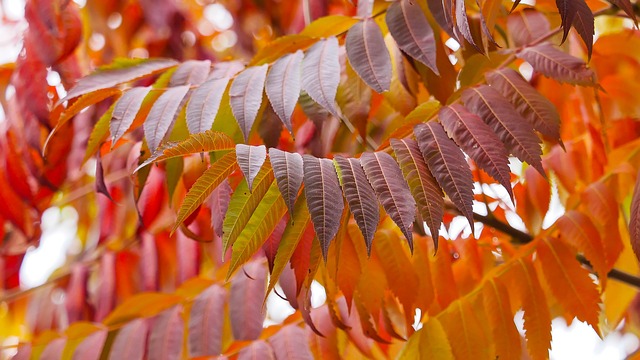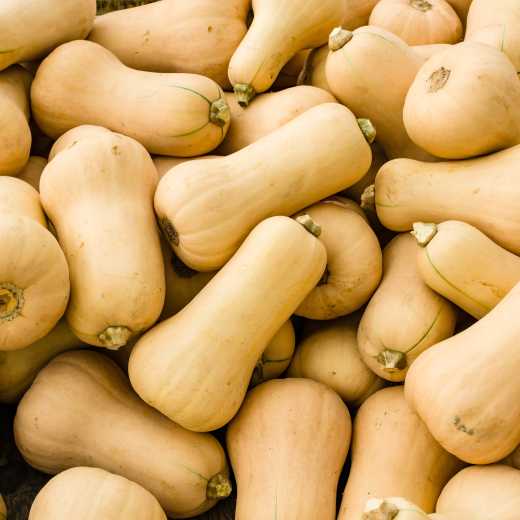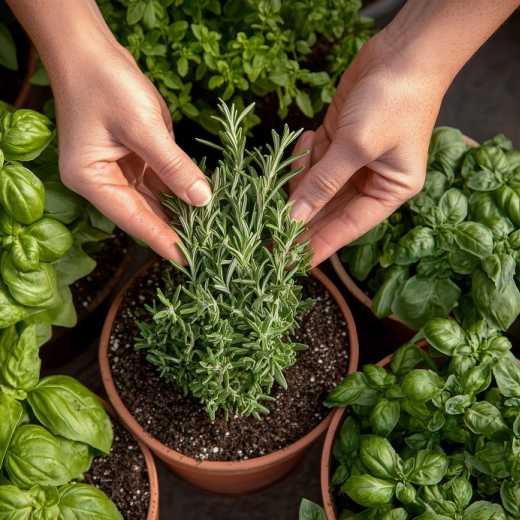Fall Plantings for Year-round Beauty
Fall is a great time of year to plant some choice ornamentals in your yard to bring home autumn's magical display as well as year-round attraction. Fall planting allows time for plants to establish strong root systems rather than putting energy into new growth. With stronger roots, plants will be better able to survive the unpredictable spring weather. The following plants are a few recommendations for fall beauty. They also are tough, beautiful plants that will provide year-round enjoyment.
Trees that provide fall, winter, and year-round beauty are river birch, crepe myrtle, redbud, lacebark elm, ‘Caddo’ sugar maple, Shantung maple, Chinese pistache, bald cypress, Kentucky coffee tree, and ‘Autumn Glory’ Maple.
Shrubs for year-round beauty are hollies, nandinas, red-twigged dogwood, red chokeberry, Japanese kerria, American beautyberry, oakleaf hydrangea, sumacs (‘Tiger Eyes’ is outstanding for color), smoke trees, Virginia sweetspires, and crepe myrtles.

Asters and mums can always be counted on for fall color that continues until after the first frost or two. They are inexpensive and plentiful this time of year. Garden mums will overwinter in many areas if planted in the garden, so cut them back a few times during the summer to keep them from becoming too tall and leggy. Otherwise, they will flop over with the weight of the blooms. Also, consider planting native asters like the willowleaf aster that can take heat, drought, and wind.
Violas and pansies are tough. I've seen them pinned to the ground with snow and ice one day and looking happy and healthy the next. If violas and their larger flowered cousins, pansies, are planted now, they will look beautiful in the fall and then rebound with energy in the spring. They make a lovely carpet for spring-flowering bulbs, too. Don't forget to water them in winter if it doesn't rain. Violas may have smaller blooms, but there are so many they make up for lack of size. They also are not as affected by cold, wind, and drought.
Fall blooming perennials: Asters, caryopteris (blue mist shrub), eupatorium (Joe pye weed), helenium (‘Dakota Gold’ is an amazing variety), sedums, and solidago (goldenrod). Contrary to what many people think, goldenrod does not cause allergic reactions because they are pollinated by insects. The ragweed growing in the field next to goldenrod; however, is wind-pollinated, and is the main cause of hay fever in the fall.

Vegetables: There are some vegetables such as mustard, kale, and Swiss chard that are not only edible but also beautiful in the fall. 'Bright Lights' is an especially attractive Swiss chard with hot pink and bright yellow stems.
Fall Decorating: Mums and ornamental kales and cabbages are always good container plantings for fall. Also try edible and ornamental peppers, native sunflowers, and ornamental grasses. Celosias, golden crown beards, and Maximillian sunflowers are beautiful for fall. Take a nature walk and collect wildflowers, grasses, acorns, twigs, and grapevines to go with the pumpkins, gourds, and corn stalks to make your outdoor decorating interesting as well as beautiful. Happy fall gardening!
National Garden Clubs, Inc. is a 501(c)(3) organization that aims to promote the love of gardening, floral design, and civic and environmental responsibility. There is a local club near you, click here to find one and join. Subscribe to the NGC’s blog by entering your e-mail here. You will receive an e-mail when there is a new blog article on the NGC website. You do not have to be an NGC member to subscribe.

 Member Login
Member Login






